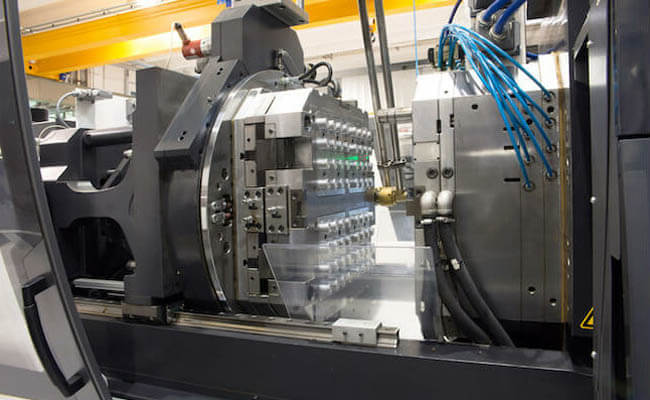By: Chris White – Supervisor, Injection Molding Department, PTI
When purchasing an injection mold, attention to detail throughout the effort is critical to long-term success and stress-free manufacturing. Some mold design aspects should be considered as early as the start of the product development effort. Others begin when the tool order is placed. The project manager’s main goal in this process is to keep the customer happy without creating problems for manufacturing.
Here are six tips to consider when buying an injection mold:
1. Part design is the most important aspect of long-term molding success. You don’t want to quickly approve a plastic part design only to find out later that it is plagued with features that are not friendly to injection molding. Real design creativity comes from minds that can find attractive solutions that considers manufacturing process limitations. The best outcomes occur when the part designer, mold maker and injection molder work together collaboratively.
2. Proper risk management, effective communication and realistic timelines are critical to production success. Anticipating potential issues and budgeting for them during the planning stages will help the project stay on schedule and close to budget. For example, planning and communicating for a possible mold re-cut to bring plastic features into the appropriate tolerance range after the initial mold sampling.
3. Consider cost savings on tooling wisely. No amount of savings is worthwhile if it compromises the ability to maintain the condition of the mold, has the potential to affect part quality, or complicate start-up and daily production. Relatively small tooling savings will be dwarfed by the cost of scrap, drain of resources, lost time and repair activities, so carefully consider how cost savings can impact overall efficiency.
4. Take your time with the mold design review. This is your chance to get it right before it is too late. The focus should be on mold filling, cooling, and ejection attributes. Simulation data and documented prior experience should justify most of the decisions. When it comes to ejection, ask yourself why the part would remain on the tool’s ejection side in every cycle and be convinced it can be removed without damage.
5. Standardize mold features to save time and money. Make sure you supply the mold maker with standards for clamp slots, lift bars and connection sizes. You also need to provide location preferences for utilities including air, water, oil electric, etc. Otherwise the mold might need replumbing when it arrives or if it is moved to other machines.
6. Check in with the shop floor and quality groups before a new tool arrives. This is the time to ensure your team has what they need to hang the mold efficiently and measure the parts. Some items to review are the number of ports on water manifolds, availability of controllers for hot runners and coolant, heater cables and plugs, fittings, hoses, bolts, lifting straps, etc.
Author: Chris White is the supervisor for the injection molding department of PTI. He has 20 years of injection molding experience for a wide variety of packaging applications.
About PTI
PTI is recognized worldwide as a leading source for preform and package design, package development, rapid prototyping, pre-production prototyping, and material evaluation engineering for the plastic packaging industry. For more information: www.pti-usa.com.



